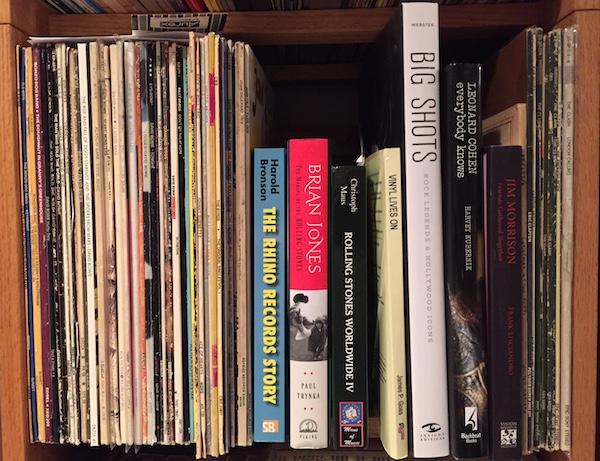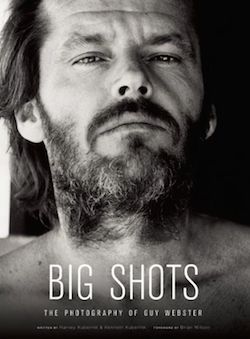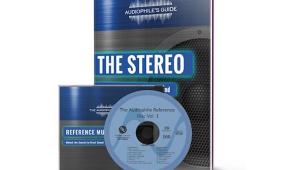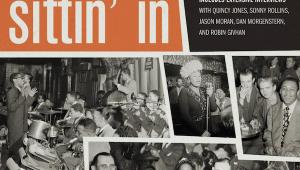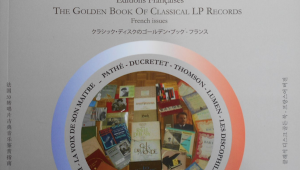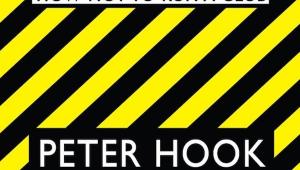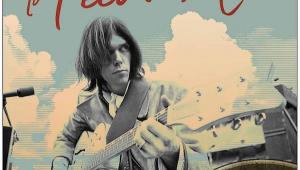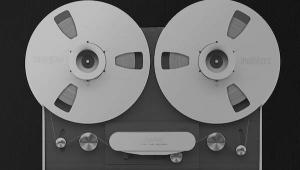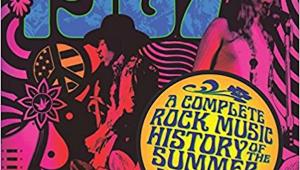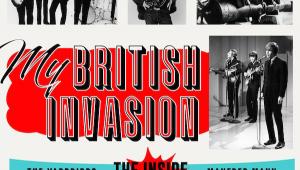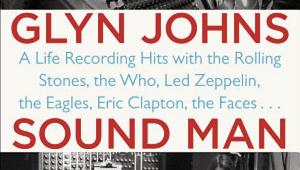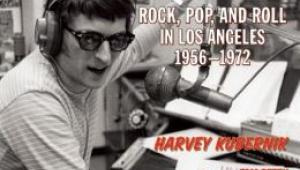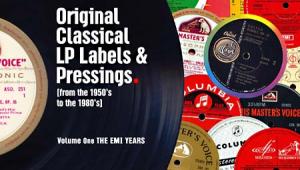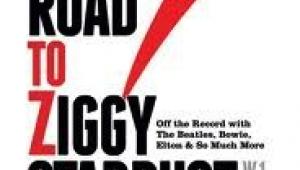Not Too Late For Book Gift-Giving!
Two of them are by Harvey Kubernik, whose “Turn Up the Radio", “Canyon of Dreams" and “A Perfect Haze: An Illustrated history of the Monterrey International Pop Festival" were both provocative and eye candyland.
Big Shots—The Photography of Guy Webster
“Big Shots—The Photography of Guy Webster" (Insight Editions) written (or it could be said “curated" by Harvey and his brother Kenneth) traces in words and images Webster’s astonishing career.
Webster’s story sounds like a movie: his father was an Academy Award winning lyricist (“The Shadow of Your Smile" and “Love is a Many Splendored Thing" were but two of his) and he was raised in Beverly Hills surrounded by celebrities. He grew up with Candice Bergen and Frank Jr. and Nancy Sinatra so he hung out at Frank’s house and Dean’s house.
Yes he was in the right place at the right time and privileged too, but as you thumb through the album covers and stop to admire a photo you’ve perhaps known for most of your life, Guy Webster’s own portrait—through his photographs of others—becomes clear.
The second Byrds album cover, the electric blue one? That’s his. Gene Clark and Doug Dillard passing a joint? His. Covers for the Mamas and the Papas, The Rolling Stones, Taj Mahal, Tim Buckley, Judy Collins and others—amazing covers and so varied are but part of what Webster did so well.
His candid shots were audacious and revealing but so were the set pieces. So many of them were defining. Like the sepia one of a young Hush Puppy wearing Van Dyke Parks on the cover of Song Cycle. It’s perfect. It visually defines the artist as intensely as does the music. As you make your way through the photos you’ll find yourself saying repeatedly “he shot that one too?"
Webster’s cinema celebrity photographs are equally evocative and iconic. That he gets to and draws out the essence of everyone he photographs is made clear as you leaf through the pages. His female portraits are a high point. There’s a double page Natalie Wood picture from which its difficult to avert the eyes, though that’s also true of the shot of Don “Captain Beefheart" Van Vleit and that of him with his Magic Band.
As with most coffee table books like this, the narrative isn’t strong, nor does it matter, though there are some interesting celebrity reminiscences and Webster himself provides some memorable anecdotes.
If you want to get the conversation going at a gathering of friends of a certain age, just leave this book on the living room table.
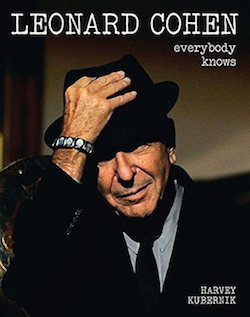
“Leonard Cohen everybody knows" (Backbeat Books)
Here Kubernik combines the author’s personal Cohen experiences with opinions and anecdotes provided by others combined with photographs—some familiar but many not.
The book includes a series of timelines, from which we learn that in 1952 Leonard was elected president of McGill’s Zeta Beta Tau fraternity—the same year he formed a country and western group—and that his poems were first published in 1954. We learn that two years after enrolling in Columbia University graduate school, he works as a summer camp counselor at Pripstein’s Camp Mishmar in Quebec’s Laurentian Mountains.
Yes, the book is filled with both the picayune and the profound, which for fans are equally fascinating. Kubernik skillfully threads together Cohen’s story told in intimate detail by his old friends and acquaintances accompanied by pictures seemingly lifted from a credenza in Cohen’s dining room (or if you are Jewish of a certain age, it will look as if it came from yours).
For fans of Cohen’s music, the book provides an invaluable look at how he made the transition to song from poetry. His escapades and adventures, which to some will no doubt come off as incredibly self-indulgent, are somehow amusing and in retrospect predictable. A trip to Castro’s newly liberated Cuba? Vu den?
The Cohen story is one of a shy, carnally involved intellectual who could also be provocative, adventurous and yes, self-absorbed and very much interested in celebrity for its own sake. But unlike some others he brought to these preoccupations the goods to succeed on the merits.
Imagine Cohen in New York in the ‘60s. In 1966 he meets Judy Collins through her Canadian music manager and sings for her “Suzanne" and a few others, two of which make it on to her In My Life album. He meets Lou Reed, Nico, and Andy Warhol. He and Joni Mitchell are an item for a while.
He moves into the Chelsea Hotel. Vu den? He performs for John Hammond and gets signed to Columbia Records. Hammond starts producing his debut before handing it off to John Simon. Songs of Leonard Cohen is released December 27th 1967 and the rest is, as they say, history.
A history well told in Kubernik’s book using photos, anecdotes and quotes, some of which you may have previously seen or read. But Kubernik has a unique way of weaving them all together—almost in scrapbook fashion— to produce a tight knit, thoroughly enjoyable narrative. The guy is masterful at it—and for those of us into records and sonics, and engineering, he’s there too, adding things other writers either don’t understand or wrongfully think are unimportant to the narrative thread.
A memorable John Hammond, Sr. quote from a 1986 interview: “ (Leonard) was a completely weird guy, who liked to go around the streets of Montreal and play pinball. And I liked to play pinball too, so that was a great bond we had….He never sold out…he knew about three chords, and I think he still knows about three chords and it didn’t matter."
About “Famous Blue Raincoat" Cohen said “…secretly I always felt that there was a certain incoherence that prevented it from being a great song." What does he know? Cohen fans need to read this book, which concludes with a useful and thorough discography.
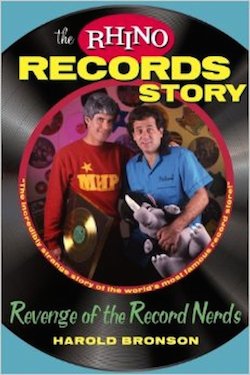
The Rhino Records Story
This one, written by Rhino Records co-founder Harold Bronson arrived last year and should have been reviewed then but since it’s in part about the rise of an oldies label it hardly dates. Just as it’s difficult now to believe that Carnegie Hall was scheduled to be torn down, and that without the intervention of the violinist Isaac Stern and some others, it would have been replaced by apartment buildings, it’s equally difficult to believe that there was a time in the late ‘70s when the major labels had little or no interest in “oldies" sitting in the vaults (though back then a five year old record might qualify as an "oldie"). There was too much money being made on the new acts to worry about the old ones going out of print.
The Rhino story is as unlikely and organic a success story as that of Chad Kassem and his various ventures including Acoustic Sounds, Analogue Productions and Quality Record Pressings. It began with Richard Foos’ record concession in Santa Monica’s Apollo Electronics, then moves to Rhino Records (the store) opening in Claremont California, where it still exists as Rhino Records (though the Westwood store is now long gone). If you want to know Amoeba Records’ game plan look to Rhino Records, but don't expect to find Rhino's game plan in the book, because reading it makes it clear there was no game plan. Rather it just grew on its own, with the principals learning as they went.
Rhino had always had one foot in rock and one in comedy so it’s not surprising to learn that the first record released by the fledgling label was a then long out of print Best of Allan Sherman because the label also had a third foot in Judaica-comedy (Gefilte Joe and the Fish, etc.). But eventually the label turned to the rich back catalog the majors were neglecting and when they did, they made sure to use quality mastering houses like Artisan and to work with master tapes when possible (but a few were from LP transfers).
Bronson tells the story in great music biz detail and fills it with names, many familiar and some not so, and he includes a great chapter on the financial hanky lanky that resulted in Tommy James getting screwed, followed by his own ouster from the company he co-founded all those years ago when it was sold to Warner Brothers.
Not to worry about Harold though. He did well following his passion. In one of those crazy coincidences, he and his wife are good friends of my niece and nephew and I’ve visited Harold at home and helped him get a stereo worthy of his musical interests and accomplishments but by now he definitely needs a new cartridge so next time I’m out there…. This reminds me that I’ve not published the interview I conducted with Harold back in the 1980’s when I still lived in Los Angeles. I’ll fix that as soon as possible. “The Rhino Records Story" is a great read for anyone interested in the ins and out of not only Rhino but the record industry generally back in the explosive ‘70s and ‘80s.
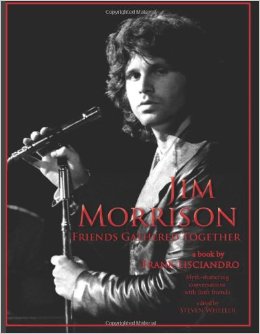
Jim Morrison, Friends Gathered Together
Frank Lisciandro met Jim Morrison and Ray Manzarek at UCLA’s film school. He went to see the band’s first Sunset Strip appearance at the London Fog back when dozens of bands were forming and it seemed like not that big a deal.
After graduating, the Lisciandros joined The Peace Corp and went to Africa. A few months after arriving in Togo, a months-old Time magazine showed up and it included a story about The Doors’ first album.
Upon returning to the U.S. Lisciandro began working in documentary film crews and was asked by another film school friend to be be the 16mm film-op guy at the Doors’ Hollywood Bowl concert and one thing led to another, with Frank becoming friends with Jim Morrison. He had plans to visit him in Paris in the summer of 1971 but we all know how that went.
The distance between the Morrison he knew and the one portrayed in the books and articles by strangers bothered him so he began contacting and interviewing other Morrison friends for input into what would eventually become “Morrison: A Feast of Friends", published in 1991 by Warner Brothers.
Twenty years later Lisciandro discovered a box full of cassettes containing the recordings of the interviews he’d conducted along with a floppy disc containing the transcripts. Re-reading them he thought a book containing the extensive interviews would be of interest to Doors and Morrison fans so he’s compiled them in this book, which is not meant to be read linearly but rather at random, on whatever page you find yourself turning to.
This book is definitely for Morrison die-hards and not casual listeners but for those who are the former, there’s plenty that is of interest (if getting to know the real Jim Morrison is of interest to you) and plenty that is mundane yet oddly compelling. The Doors’ office secretary of one year (1968) recalled in 1990 that upon observing him earlier at a Buffalo Springfield party he appeared to be a pretender but that upon getting to know him better, she admitted “I honestly don’t think I ever met anybody like him."
One of Morrison’s adolescent friends he hooked up with after the family moved in 1957 to Alameda, California recalled in 1990 the singer’s incredible sense of humor and penchant for practical jokery—aspects of the artist he felt were missing from all of the biographies.
Lisciandro asks the interviewee “What about girls, what was their reaction to him?" To which he answered, “Oh, girls liked him. Like I say when I met him I had a girlfriend and he ended up plowing her, if you will, and repeatedly I’m sure." What a joker!
The Door’s office secretary also relates the story of how Jim Morrison, upon hearing of Brian Jones’ death wrote a poem “Ode to Brian Jones" that was printed up and handed out to the audience that night at the Aquarius theater, two years before Morrison’s own death.
As the author suggests, this book is meant for at random reading, which is what I did with it for a few months' bathroom time—no slight to the author intended. I found something fascinating just about every time I picked it up—but that would be the case only if you are a Doors fan!
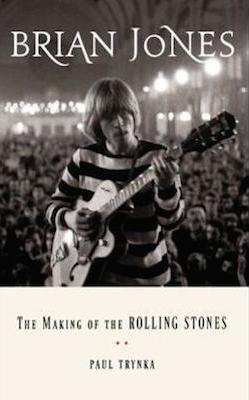
Brian Jones The Making of the Rolling Stones
Former MOJO magazine editor Paul Trynka has written a meticulously researched and presented Brian Jones biography in which he makes a strong case for a revision to the oft-told Jagger/Richards Rolling Stones mythology.
Trynka documents Jones's role as lead Stone in the early days—after all it was he who formed and named the group and gave it its musical direction. Jones was gigging while the others were playing in their living rooms.
The brutal politics, sexual and otherwise are laid bare in Trynka’s telling, which includes corroborating witnesses to most of what he alleges, including: that Jones was a co-writer on many tunes (including “Ruby Tuesday") but was either never credited, or willing to cede credit to others. That Jones was playing in open G tuning years before Richards claims to have learned it from Ry Cooder and that, according to original Stones member Dick Taylor, Keith had seen it and knew all about it.
Not that Trynka portrays Jones as a hapless victim or an innocent, though his supposed “downfall" within the band began over the secret extra 5 pounds Jones pulled in per gig in those early days. Once that became known, the others slowly began pulling away, though the media cognoscenti still regarded Jones as the group’s leader and visionary even as Mick got most of the interview press.
Andrew Loog Oldham comes across in this book as the enzyme that accelerated the band’s molecular breakdown but by the recording of Aftermath Jones was mostly a spent force. However, the book points out that Jones still managed to inspire much of the musical adventure in that album—including the sitar he played on “Paint It Black".
To bolster that contention Trynka points to Gene Clark’s revelation that “Eight Miles High" was “cooked up" with Brian Jones in Pittsburgh late November of 1965. “I wrote the melody and lyrics in a hotel, with Brian….I thought he should have got a credit—but he didn’t care."
Trynka also recounts how the marimba on “Under My Thumb" was an accident produced because The Baja Marimba Band had left their instruments in the RCA Studios and Jones and Jack Nitzsche began playing around with them. And of course there was Brian’s dulcimer on “Lady Jane".
Trynka concludes that Jones’s death was an accident but he well documents his conclusion and goes to great lengths to debunk dark conspiracy theories to the contrary.
This is a book every Rolling Stones fan should read. It makes for compelling reading fifty years after the events recounted occurred.
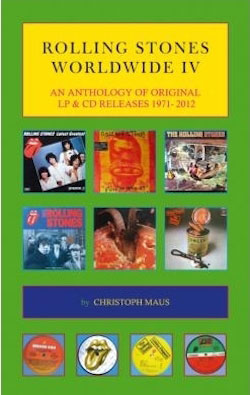
Rolling Stones Worldwide IV
This is fanatical Stones labelographer and record collector Christoph Maus’s fourth and final volume in his extensive coverage of The Rolling Stones recorded output. It covers (in both German and English) original LP and CD releases from 1971 (Sticky Fingers) through the GRRR! compilation. It also covers the ABKCO label’s reissues from 1980 through 2012. It’s crowded and busy and packed into a relatively small sized book that contains 1600 color photos, covers and labels on 404 pages. As the author’s blurb points out the book includes “all the vinyl records (LPs/EPs and singles) and CD releases by the band on our planet (from A [Argentina] TO Z [Zimbabwe] in 50 years." It’s available on Ebay and Amazon as are the previous volumes. There’s a lot to look at and consider, though the layout is somewhat haphazard and frenzied.
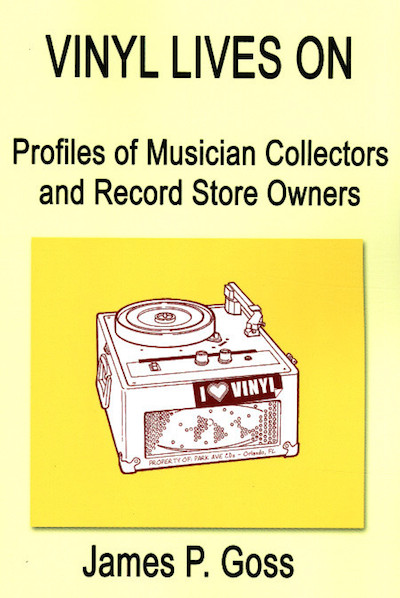
Vinyl Lives On
This is author James P. Goss’ third self-published collection in which he profiles record stores and their owners as well as collector/musicians—in this edition Henry Rollins, Billy Vera and Bill Frisell. Goss goes coast to coast from Aquarius Records in San Francisco to The Princeton Record Exchange in Princeton, NJ., with many stops in between. The book can be purchased on Amazon.com.
Here’s something you may not have known that’s an amazing coincidence. The New Jersey based turntable manufacturer VPI Industries was started by Harry Weisfeld. The New Jersey based Princeton Record Exchange was started by Barry Weisfeld (no relation to Harry).
Happy Holidays everyone and good reading and listening!
